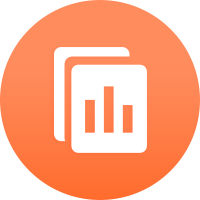Crude oil fluctuations are transmitted to the Canadian dollar through the trade balance, with a 2-day lag. Strategy: Short USD/CAD when WTI breaks above its 20-day moving average +3%, with a stop-loss of 1% and a take-profit of 2%. Case study: On May 8, 2024, crude oil broke above $80, and two days later, USD/CAD fell from 1.3650 to 1.3520, resulting in a profit of 130 pips. Hedging: Simultaneously go long WTI futures to hedge against the risk of an oil price reversal.#SharingTradingMistakesAndGrowth#PathToAgentGrowthBreakthrough
Crude oil fluctuations are transmitted to the Canadian dollar through the trade balance, with a 2-day lag. Strategy: Short USD/CAD when WTI breaks above its 20-day moving average +3%, with a stop-loss of 1% and a take-profit of 2%. Case study: On May 8, 2024, crude oil broke above $80, and two days later, USD/CAD fell from 1.3650 to 1.3520, resulting in a profit of 130 pips. Hedging: Simultaneously go long WTI futures to hedge against the risk of an oil price reversal.#SharingTradingMistakesAndGrowth#PathToAgentGrowthBreakthrough










